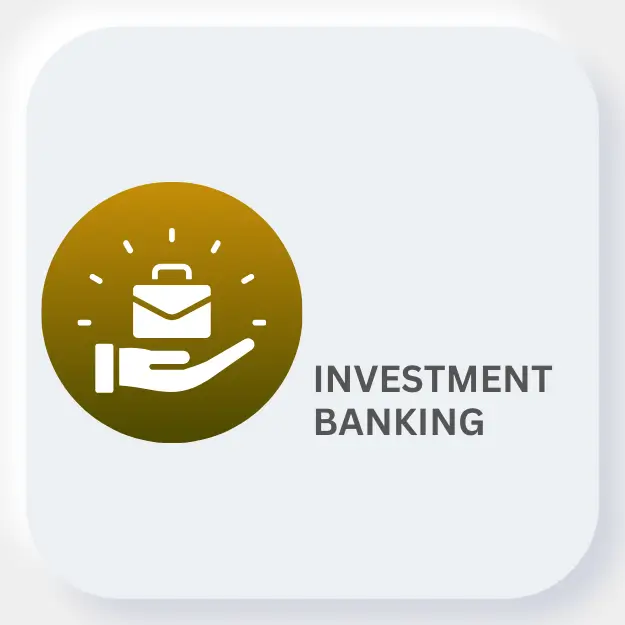

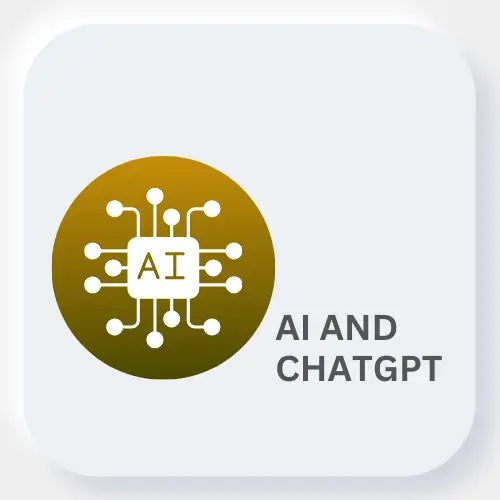
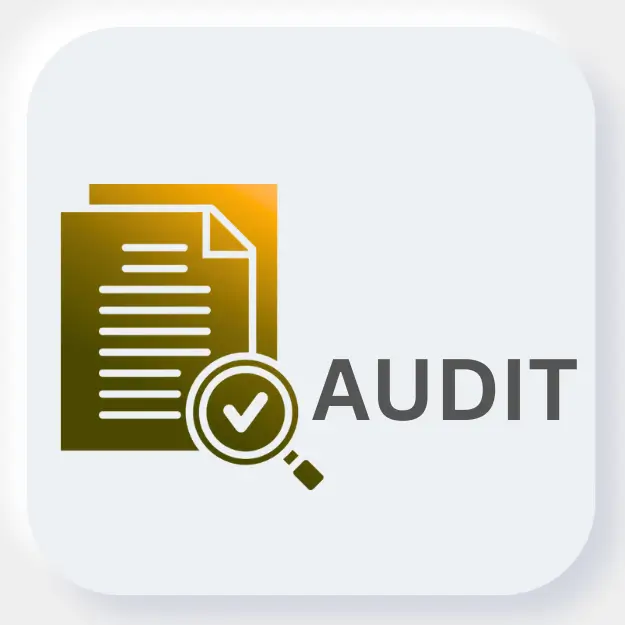
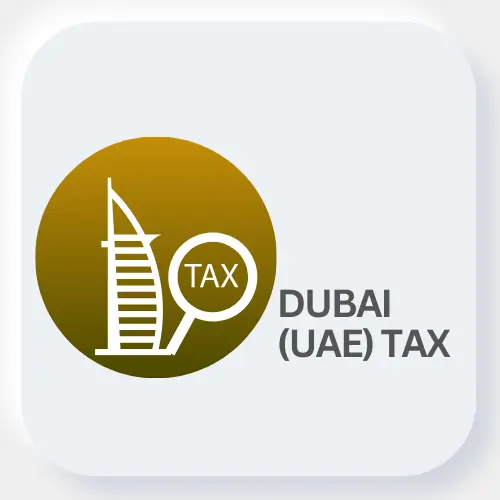



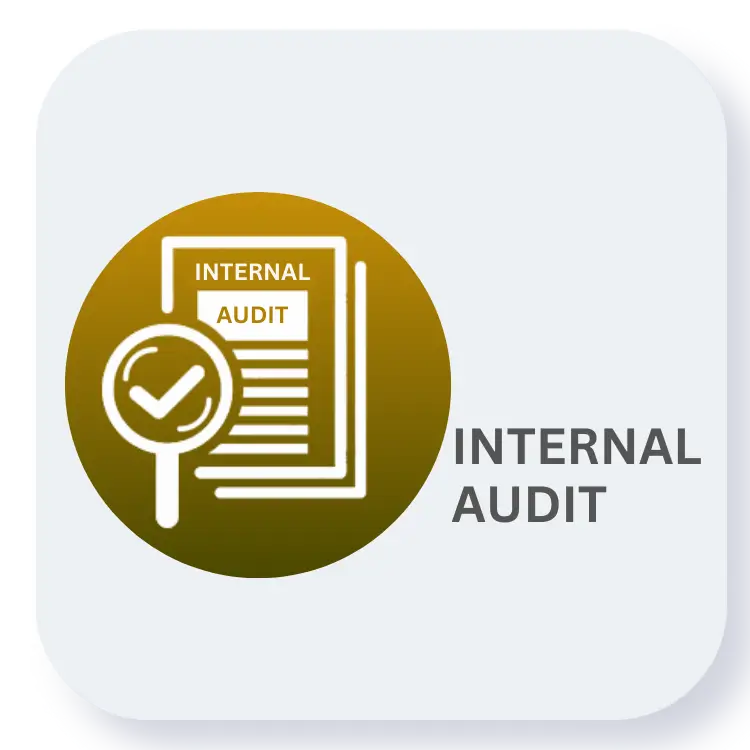



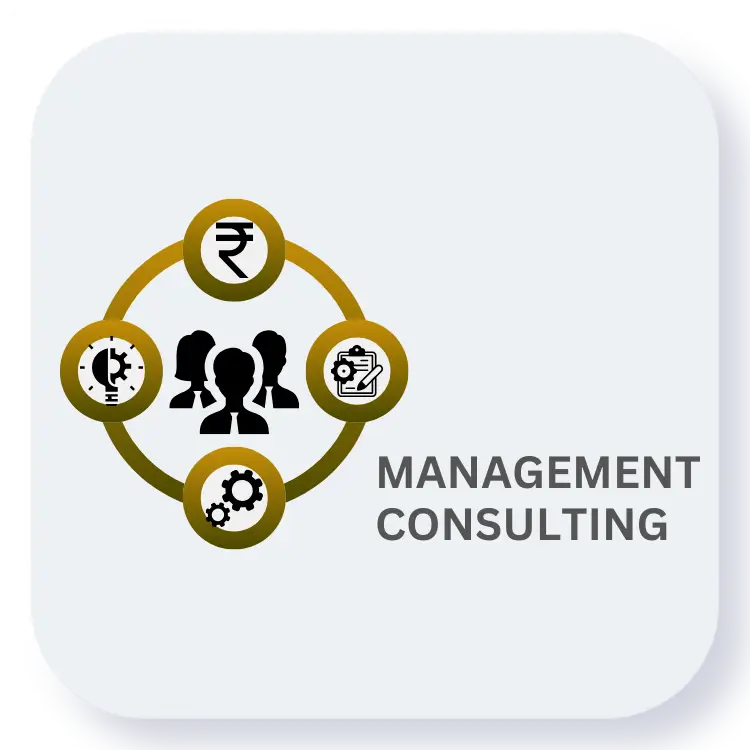
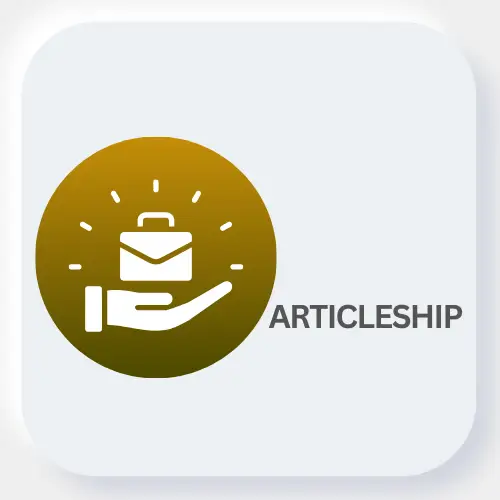

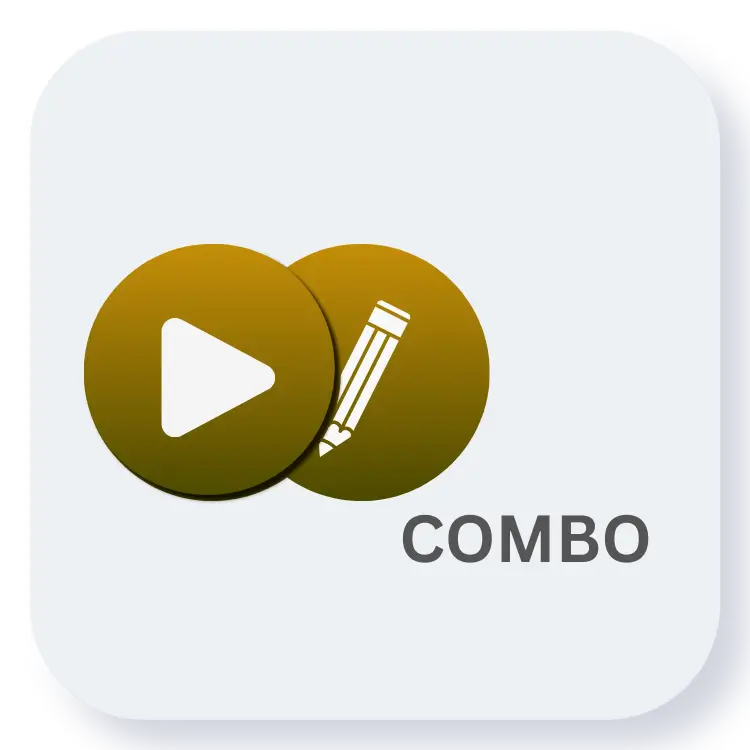









Let’s be honest- internal auditing isn’t what it used to be. The days of endless Excel sheets and manual checklists are fading fast. In 2025, internal auditors are navigating a world driven by automation, AI, and real-time insights. It’s no longer just about compliance- it’s about being proactive, data-savvy, and, most importantly, efficient using internal audit tools.
If you’ve ever spent nights buried under audit reports or chasing down control owners for updates, you know exactly why the right internal audit tools matter. The good news? The new generation of internal audit software 2025 is built to take that pressure off your plate- giving you more time for analysis, less time for admin.
Whether you’re deep into SOX testing, internal controls, or operational audits, the right tech stack can completely transform how your team works.
Before jumping into the best options, let’s take a step back. What actually makes an audit tool “good” in 2025? From experience, I can tell you- it’s not just about automation or dashboards. The best tools for internal auditors are the ones that make life simpler while adding depth to your insights.
Here’s what every auditor should look for:
Your tool should handle repetitive control testing, reminders, and documentation automatically. No one wants to spend hours copying data between sheets anymore.
Dashboards that update instantly can change how you spot risks. Imagine seeing exceptions as they happen, not two weeks later.
Remote audits aren’t going anywhere. Cloud systems make collaboration smoother, especially for global teams.
A strong platform connects easily with ERPs, GRC tools, or analytics software. The fewer silos, the better.
This one’s underrated. The most powerful internal audit digital tools are useless if your team can’t navigate them without calling IT every five minutes.
If there’s one name that keeps popping up in conversations about internal audit software 2025, it’s AuditBoard. It’s sleek, powerful, and built for end-to-end audit lifecycle management—from planning to reporting.
Why auditors love it:
AuditBoard automates issue tracking, control testing, and even risk assessments. The dashboards are intuitive and update in real time, which means you’re never guessing where your audit stands.
Standout features:
From experience:
AuditBoard shines when you’re juggling multiple audits. It brings all moving parts into one clear, structured view—something every large audit team desperately needs.
Best for:
Mid to large enterprises that want a centralized, scalable audit management software with strong reporting power.
Most auditors who’ve handled global operations have heard of TeamMate+ by Wolters Kluwer—and for good reason. It’s practically built for complexity.
What sets it apart:
This platform is tailored for organizations running multi-location audits. It’s robust, customizable, and grounded in strong compliance frameworks.
Features auditors appreciate:
In practice:
TeamMate+ isn’t flashy, but it’s rock-solid. If your firm operates across countries or deals with multiple audit teams, this one handles the chaos gracefully.
Best for:
Global enterprises and Big 4-style operations that demand precision and structure.
Here’s where things get interesting. Workiva has carved out its space by connecting audit with financial reporting—something many tools still struggle to do.
Why it’s a game-changer:
Workiva’s platform lets auditors, finance teams, and compliance professionals work in one shared environment. You can link audit findings directly to financial statements, making communication (and accountability) so much smoother.
Key features:
The human side:
If you’ve ever been stuck waiting for a finance team to update a report before finalizing your audit, you’ll appreciate how Workiva eliminates those bottlenecks.
Best for:
Organizations that value integration between audit, risk, and reporting functions.
SAI360 takes a different approach. It’s one of those internal audit automation tools that doesn’t just automate—it analyzes.
What makes it special:
Its built-in AI evaluates risks, scores them, and helps you prioritize your audit plan. That means less guesswork and more strategic decision-making.
Core strengths:
Reality check:
If you work in banking, pharma, or insurance, this tool feels tailor-made. It understands regulatory pressure and helps teams stay compliant without losing agility.
Best for:
Highly regulated industries that need tight integration between audit and risk.
Now, not every organization needs a massive enterprise suite—and that’s where Quantivate comes in.
Why it’s growing fast:
Quantivate offers a modular, cloud-based system that’s perfect for smaller or mid-sized audit teams. It’s quick to deploy, easy to use, and surprisingly powerful once customized.
What you get:
Here’s the catch:
It’s not as feature-packed as AuditBoard, but for teams just beginning their automation journey, it hits the sweet spot—affordable and effective.
Best for:
SMEs or growing companies looking to modernize their audit without breaking the budget.
| Tool | Ideal For | Key Strength | Cloud-Based | Automation Level |
|---|---|---|---|---|
| AuditBoard | Mid to Large Enterprises | Full audit lifecycle integration | Present | High |
| TeamMate+ | Global Firms | Complex multi-location audits | Present | Moderate |
| Workiva | Finance-Integrated Teams | Real-time collaboration | Present | High |
| SAI360 | Regulated Industries | Risk and compliance synergy | Present | High |
| Quantivate | SMEs | Easy implementation | Present | Moderate |
Here’s something most teams overlook—buying great software isn’t enough. You need to implement it right. From experience, here are a few pointers:
Automate something small (like issue tracking) before scaling. It builds momentum and avoids overwhelm.
The best audit management software won’t help if your team isn’t comfortable using it.
Connect your ERP or risk database to eliminate manual data handling.
Automation only works when data is current.
The real magic happens when your auditors trust the tool enough to focus on insights, not inputs.
Let’s look ahead for a moment. The next evolution of internal audit software 2025 is heading straight toward AI-driven insights, predictive controls, and natural language summaries.
So instead of spending hours drafting reports, auditors might soon have AI summarizing risks while they focus on strategic recommendations. Exciting, right?
But here’s the reality—tools alone won’t replace human judgment. They’ll amplify it. The best tools for internal auditors will always be those that enhance your decision-making, not dictate it.
Internal audit today is less about catching errors and more about anticipating them. That’s what makes internal audit tools so powerful- they turn hindsight into foresight.
Whether you’re leading a large enterprise or a mid-sized firm, investing in the right internal audit software 2025 can change how your team works.
Because at the end of the day, great audits don’t just find what’s wrong- they help businesses get it right before it even goes wrong.
It really depends on your organization’s scale. For large enterprises, AuditBoard and Workiva lead the pack. For mid-sized teams, Quantivate is a great, cost-efficient option.
Automation takes care of the repetitive stuff—tracking issues, updating controls, sending reminders—so you can focus on analyzing results and managing risks.
Not at all. These internal audit automation tools are designed to support auditors, not replace them. They handle the grunt work so you can think more strategically.
Expect more AI-driven insights, predictive analytics, and dashboards that talk to your ERP in real time. The most advanced internal audit digital tools will make data-driven decisions faster and smarter.